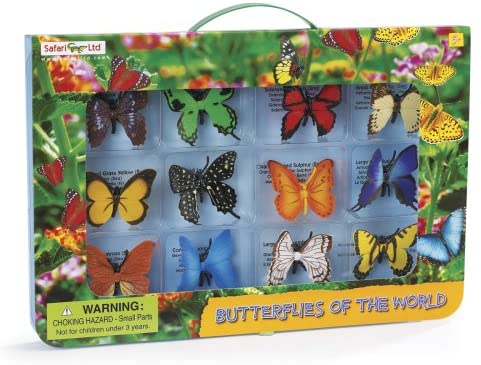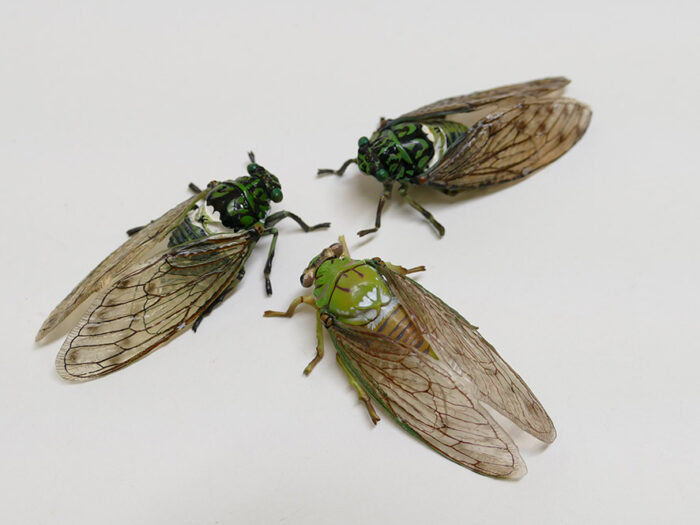This is a review of the complete Butterflies of the World set as part of Safari LTD’s Collectors Case series. The undersides of the figures are not detailed, so an overall review of the set seemed more valuable then doing reviews for individual figures. This is one of three butterfly sets by Safari.
Classification: Arthropods
Praying Mantis (Little Wonders by CollectA)

Review and images by Animal Lover; edited by bmathison1972
Hello fellow readers and collectors! I am “Animal Lover”. On the Dinosaur Toy Blog, I write reviews by the name “Prehistory Resurrection” (my old name was “Resurrection of the Dinosaurs”). I wrote about more than 10 reviews for the Dinosaur Toy Blog.
Emperor Scorpion (Revogeo by Kaiyodo)

I decided to migrate over my Revogeo emperor scorpion walkaround from the forum, to make the Kaiyodo Revogeo collection complete (to date) on the Blog. I edited the language to reflect the current year.
Today is a walkaround of the emperor scorpion, Pandinus imperator (Koch, 1842) by Kaiyodo – Revogeo, originally released in 2019, and the first in the Revogeo line.
Mud Crab (AAA)
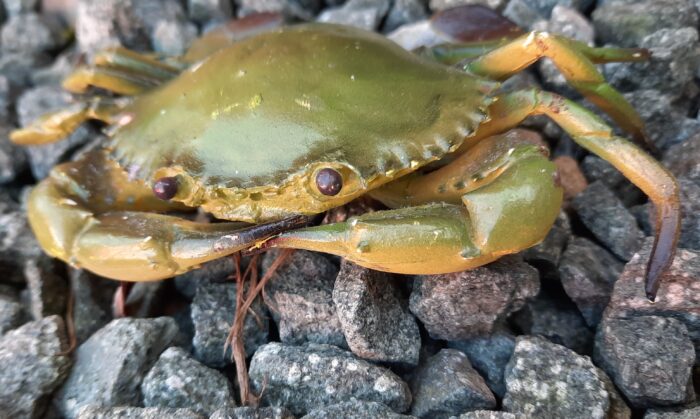
Scuttling along shorelines, rummaging in the surf or sand, crustaceans are well known beach living animals, especially the crab. With their pincers, shells and multiple legs, they are well known critters, and have many figures made of them. Here, we see one of many examples made by AAA.
As usual, discerning a species is incredibly tricky, as this is just labelled “crab”.
Japanese Giant Water Bug (Revogeo by Kaiyodo)
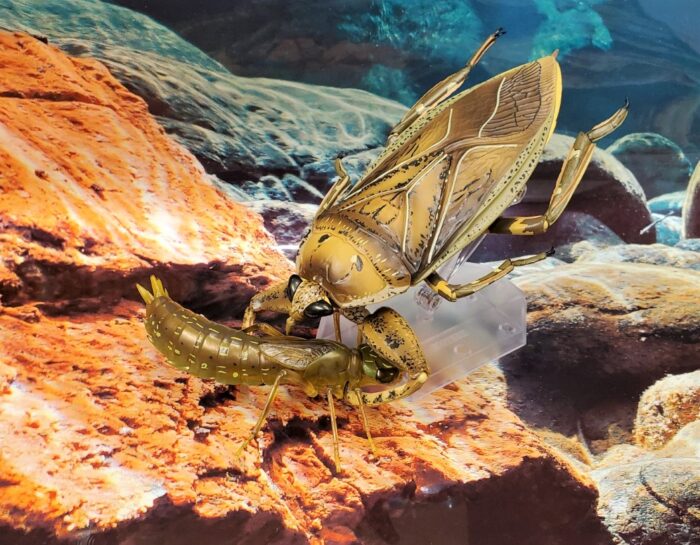
Today we are looking at the fourth figure in Kaiyodo’s Revogeo line, following the emperor scorpion (2019), red-clawed crab (2019), and Asian giant hornet (2020). The subject of today’s review is the Japanese giant water bug, Kirkaldyia deyrollei (historically referred to as Lethocerus deyrollei). This giant belostomatid occurs throught much of East Asia, including eastern China, the Amur region of Russia, the Korean Peninsula, Indochina, and Japan.
Butterflies TOOB (Safari Ltd.)

Butterflies are unquestionably the most popular and universally loved insects. You would be hard pressed to find someone that fears or loathes butterflies in the same way a lot of folk’s fear and loathe moths, for example. Even if butterflies are basically glorified, diurnal moths themselves. Butterflies and moths both belong to the order Lepidoptera and although moths first appear in the early Jurassic, 200 million years ago, butterflies don’t show up until the Paleocene, 56 million years ago, having evolved directly from moths.
Honey Bee (Wild Animals by Papo)

The honey bee. Apis mellifera. Probably the most iconic insect in human history. Surprisingly, not commonly made in toy form, at least not at the species level by manufacturers of collectible animal models (almost every ‘bin-style’ set of toy bugs has a generic bee, however). Also, when bees are made, they are rarely super accurate models; I suppose it is because it is such a familiar animal, it is easily recognizable with minimal effort (sort of like an elephant; it doesn’t have to be a good elephant, but a smooth, gray mammal with a trunk, pair of tusks, and big floppy ears will be immediately recognizable as an elephant).
Robust Cicada (Insects of Japan Vol. 1 by Yujin)
Grasshopper (Wild Animals by Papo)

Today I am continuing my review of the 2020 Papo invertebrates with their grasshopper figure. First, we should discuss the possible identity of the species. Given the shape (especially head shape), color, and that France-based Papo likes to focus on its local fauna, I am identifying the figure as the common green grasshopper, Omocestus viridulus.
Butterflies (Junior Groovies by Innovative Kids)

Today I will be reviewing a collection of butterflies by Innovative Kids. It is from their Junior Groovies collection, which is a lot like the familiar Groovy Tube Books collection, but for a younger audience (ages 3-6, or, in this case, 48-year-olds who collect toy insects). First of all, I should thank STS forum member Saarlooswolfhound for alerting me to this on Amazon.
Japanese Giant Mantis (Diversity of Life on Earth – Japanese Giant Mantis by Bandai)
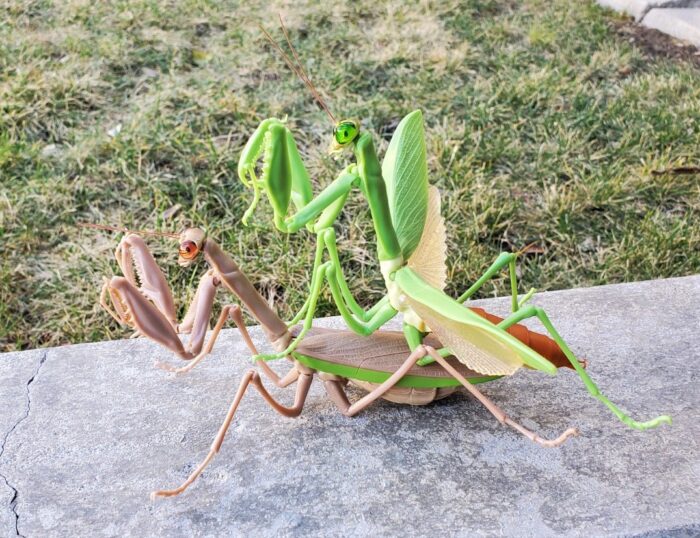
The Japanese giant mantis (Tenodera aridifolia) is a large mantid distributed in Japan, Taiwan, and China. There has been some confusion on the taxonomic identity of this species, as the Chinese mantis (T. sinensis), which is more familiar to most casual observers and non-specialists, was originally described as a subspecies of T.
Shrimp (Incredible Creatures by Safari Ltd.)
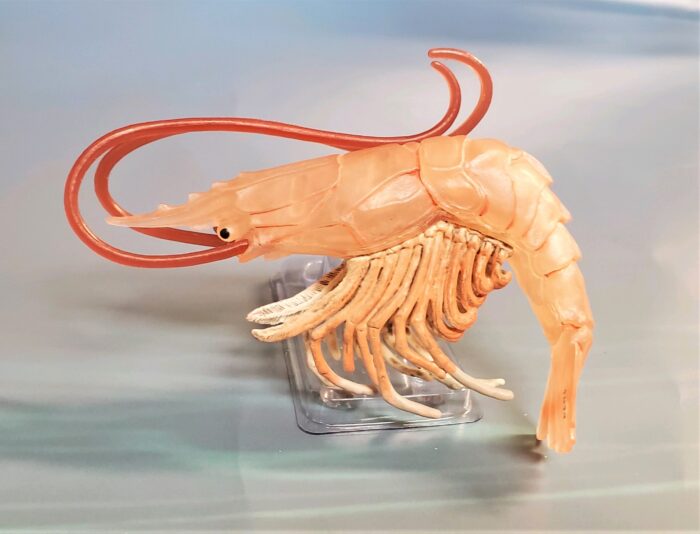
Today we are looking at a review of, and for me a total reassessment of, the ‘shrimp’ produced by Safari Ltd. in 2015 as part of their Incredible Creatures line. When I first received this figure, I was very happy for it, since it was the first arthropod produced by Safari in five years (that wasn’t part of a TOOB or life cycle set), but also had some stark criticisms for it.

